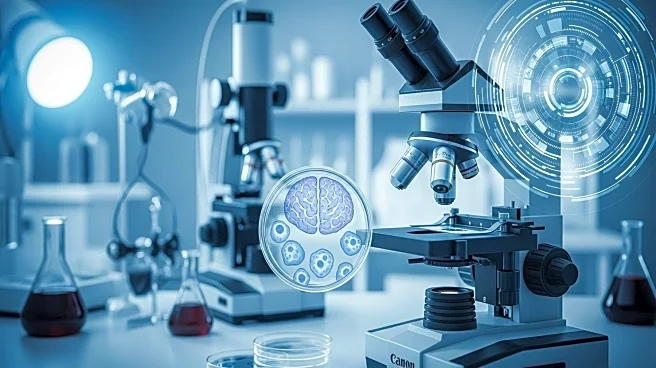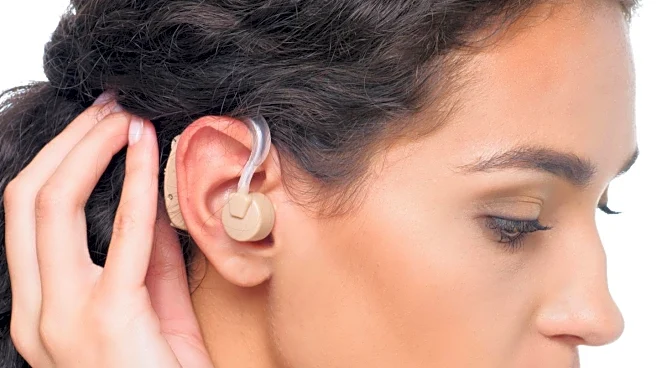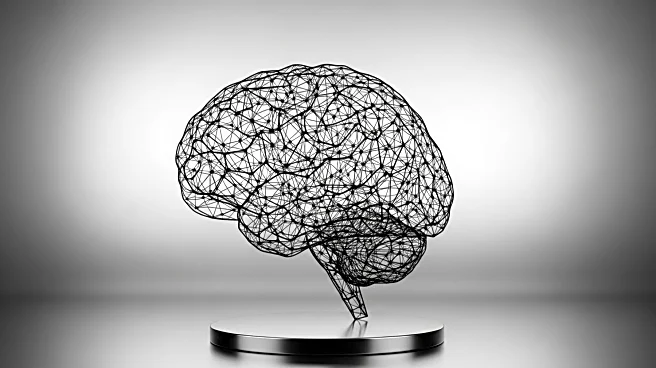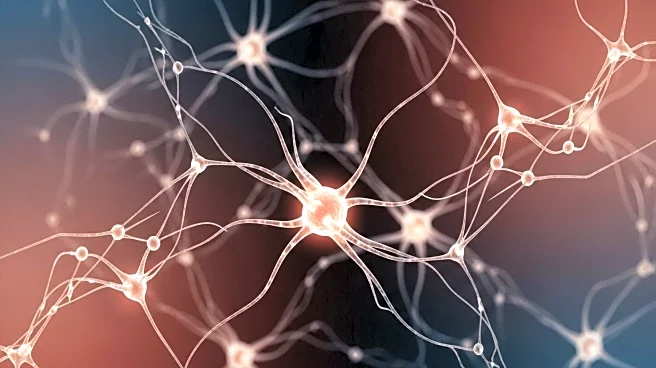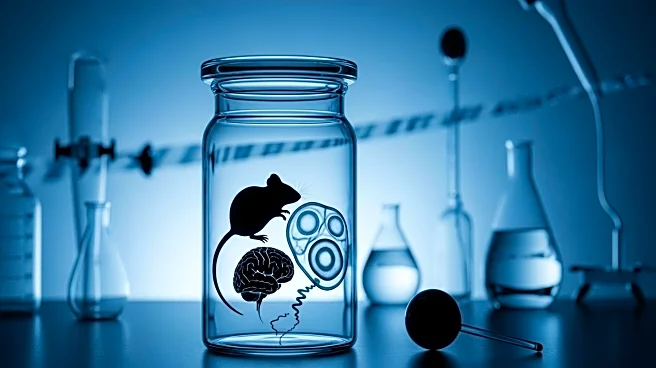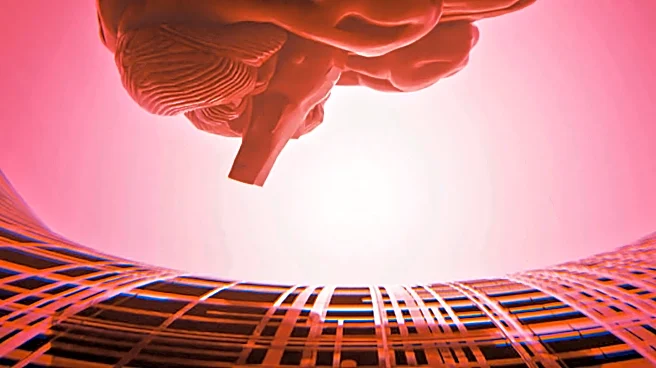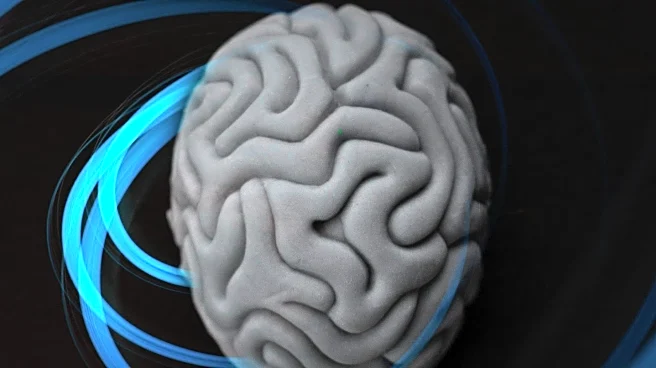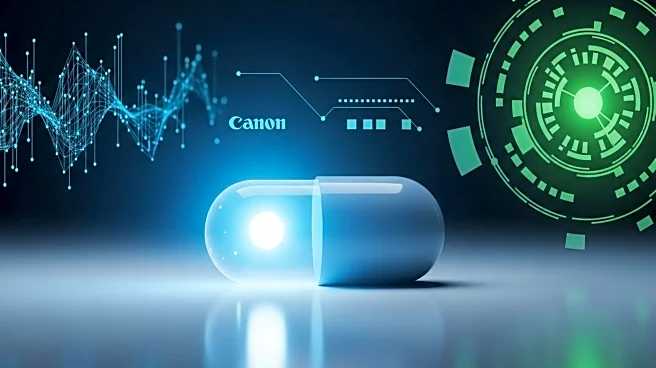What is the story about?
What's Happening?
Chinese scientists have successfully transplanted human brain cells into mice, leading to significant changes in the animals' mood and behavior. This research, conducted by the Chinese Academy of Sciences at Fudan University, aims to explore cell therapy as a treatment for psychiatric disorders such as depression and schizophrenia. The study involved engineering dopamine-producing neurons and integrating them into the mouse brain, showing promise in alleviating symptoms associated with major depressive disorder. Despite the potential therapeutic benefits, the research has sparked ethical debates over the use of human cells in animal experiments.
Why It's Important?
The transplantation of human brain cells into mice represents a significant advancement in psychiatric research, offering potential new treatments for mental health disorders. By directly targeting neural circuits, this approach could provide alternatives to traditional pharmaceuticals, potentially reducing side effects. However, the ethical implications of using human cells in animal research raise concerns about the boundaries of scientific experimentation. As researchers continue to explore these therapies, the debate over ethical standards and the applicability of animal models to human conditions will likely intensify, influencing future research directions and regulatory frameworks.
Beyond the Headlines
The ethical considerations surrounding this research highlight broader questions about the limits of scientific experimentation and the use of human cells in animal models. As the field of neuroscience advances, researchers must navigate the complex interplay between innovation and ethical responsibility. This study underscores the need for ongoing dialogue among scientists, ethicists, and policymakers to establish guidelines that balance scientific progress with ethical considerations. The potential for cell-based therapies to transform psychiatric treatment also raises questions about accessibility and the equitable distribution of new medical technologies.
AI Generated Content
Do you find this article useful?
